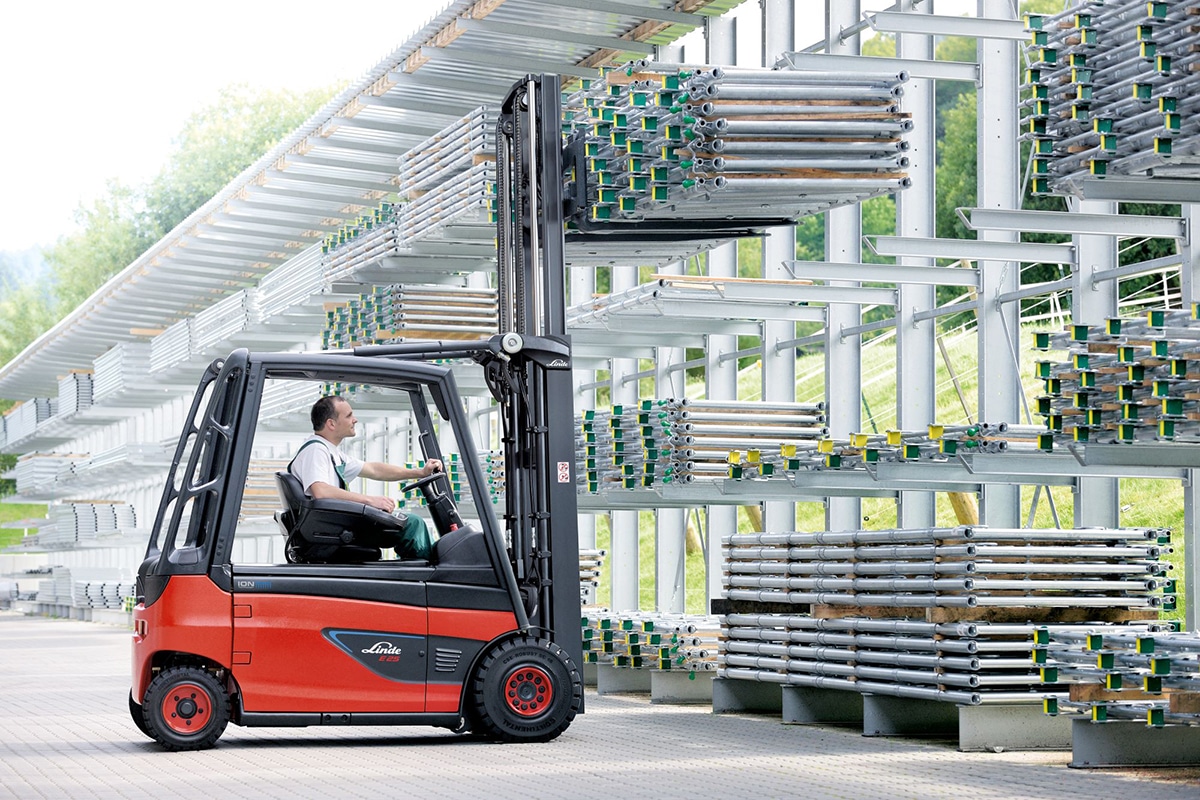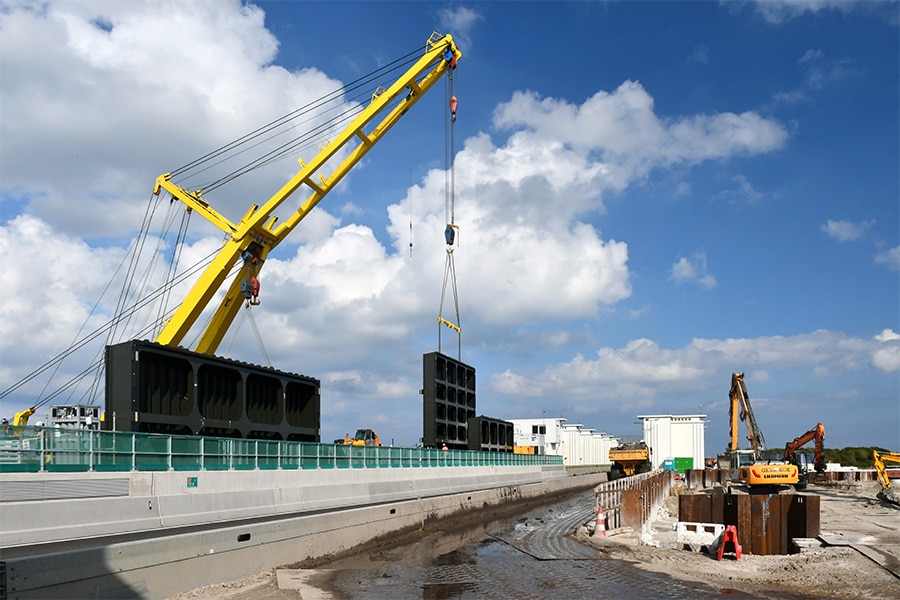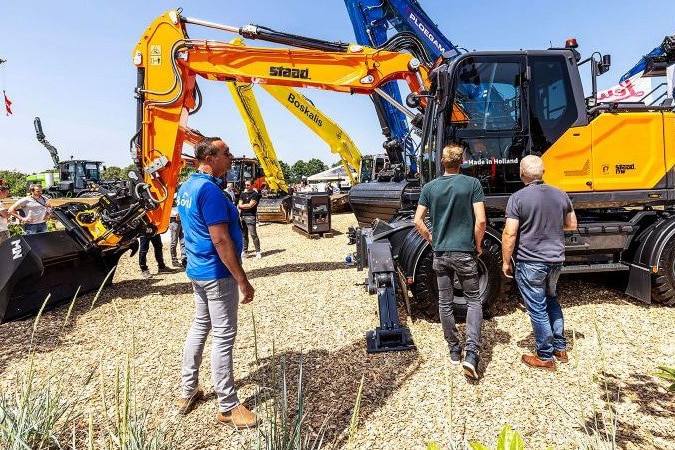
4D BIM keeps Thames Road route 'on track'
In the port of Rotterdam, all forms of transport come together in high intensity: by road, rail and water. The latter two in particular have a problem at the Caland Bridge near Rozenburg. To avoid this bottleneck, a clever detour has been devised so that rail traffic no longer crosses the shipping route.
The construction of this 4 kilometer long Thames Road route is a complex project in a challenging environment with many stakeholders. Reason enough to prepare the diversion in a 4D model.

The current state of affairs
"The Thames Road alignment is a solution to the capacity bottleneck for rail traffic that is expected as a result of the growth in rail traffic, as well as the growth in shipping traffic to and from the Brittanniëhaven," begins Dieter Behaeghel, project director of construction consortium SaVe, responsible for the realization of the substructure. "The new alignment runs over an elevated railroad viaduct, will have two arched bridges and reconnects to the existing railroad at the A15. In this way, the increasing train traffic will no longer interfere with shipping traffic, which will improve traffic flow."
4D-BIM
In the tender phase, even before the award, Infranea supported client Port of Rotterdam Authority with the Building Information Management (BIM) aspect of the tender. "The idea was to link planning to the 3D model, because of the many stakeholders in the area, in such a way that a number of logistics operations could already be simulated in the preliminary phase," explains Jaap de Boer, Infranea's Operations Director. "In consultation with the Port Authority, we were able to free ourselves up after the award to continue the consultancy work in the field of BIM for the SaVe combination. We prepared a BIM Execution Plan at the outset that describes the BIM strategy and processes for the successful preparation and completion of the project. Linking the schedule to the 3D model proved crucial in this. 4D BIM also helped in the communication to the environment to inform stakeholders to manage expectations in terms of construction activities and safety (which is not evident in a complex industrial environment like Botlek). The model is also linked to other systems such as Relatics which makes it easy to hand over the required digital delivery file to the Port Authority after completion."

The diversion of the Thames Road route has been prepared in a 4D model. (Image: PortPictures/Danny Cornelissen)
The 4D model also offers much better insight for SaVe itself, according to Behaeghel. "It occupies an important place in the philosophy we propagate as a combination. SaVe stands for 'stick to the plan,' 'always safe,' 'collaborating in a connecting way' and 'excellent work preparation.' By working out a project in 4D-BIM, you start building virtually in advance, so to speak. This gives us the insight to get all aspects of the work right the first time, significantly reducing failure costs. It is even possible to test the turning circles of construction cranes digitally in advance and to check crane positions in relation to the location of cables and pipes. We are still heading toward the projected completion date partly thanks to 4D-BIM. Not so obvious given the circumstances with corona."



